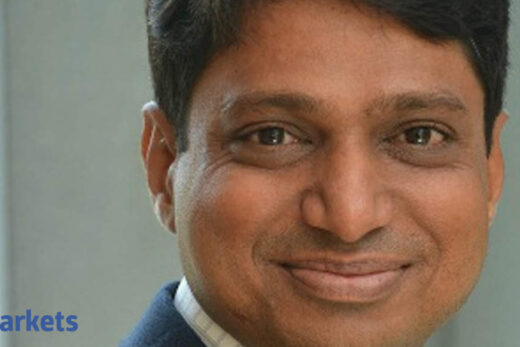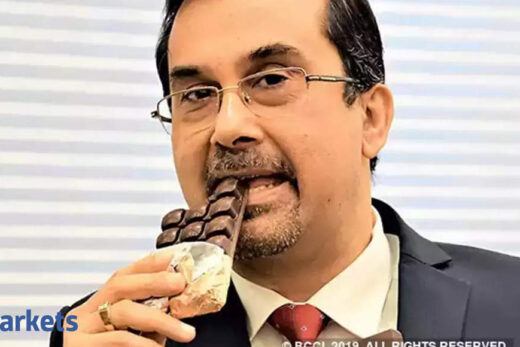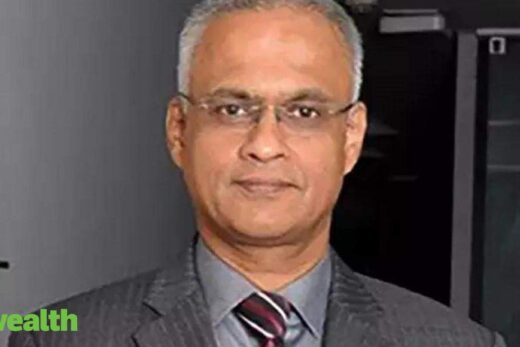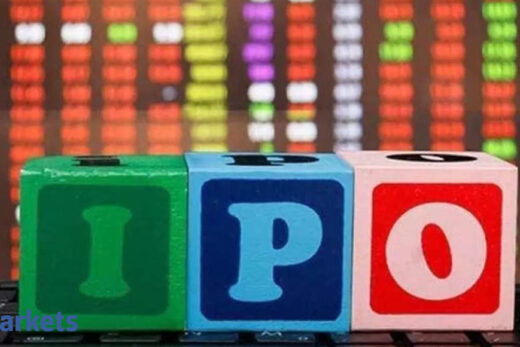Do you think RBI is going to get into inflation fighting mode because growth has come back with a vengeance. The concern now is what is happening specifically with the energy basket and the bearings that has on inflation?
Let me take you through the growth views as well as inflation views. Our lead indicators, which is a UBS India Activity Tracker, is showing that in the last eight weeks, the indicator has moved in a very narrow range at around 106. So, it is definitely above the pre pandemic level but it is not really growing. So, on a sequential basis, growth has actually moderated a bit, specifically in September. We only have data till 3rd of October, so it is very difficult to comment on what is happening now.
On the growth front, we are expecting India to gain momentum in GDP in the December and the March quarters. We have the festive season which is starting now. We did recently a survey of 1,500 Indian consumers which are basically the upper middle class and upper income households and we realised that people in the top 20% of the basket are quite optimistic on the upcoming festive season and there is a very likely chances of seeing a pent up demand which is going to support India’s economic recovery at a time when vaccination pace is catching up.
I would say right now the sequential momentum in growth has slowed down or moderated a bit in the September quarter; it is likely to pick up in the December and the March quarter starting with the festive season spends. At this point in time, it is very critical from a monetary policy point of view to support an economy which is recovering from the pandemic.
The inflation that we are seeing is more supply side driven. We have seen inflation being quite elevated, much higher than RBI’s comfort zone over the past few months. In fact, a full year inflation forecast is still at 5.5% for FY22 with core inflation slightly above 6%.
Brent crude is already $80 dollars a barrel which is pretty high, much higher than our comfort zone of $75 dollars a barrel, from where it starts to increase macro risks for India. We are seeing companies starting to pass on the rising input costs to the consumers. The retail fuel prices continue to remain elevated. We are seeing ongoing supply chain disruptions globally, including integrated circuit shortage, high shipping rates and nowadays the new concern of a power shortage in India.
In the next three months, we see supply side concerns being elevated. Our expectation is that inflation is going to go higher from December onwards till March of next year as the base effect turns unfavourable. Already, supply side disruptions have begun to impact. So I would say the timing of the policy withdrawal or timing of policy normalisation should be in sync with the time when we are going to see inflationary pressures going up.
The economic recovery is still fragile. It is best to support economic recovery, do liquidity recalibration which they have already been doing and start moving on the path of policy normalisation likely in the Feb policy starting with shifting the stance from accommodative to neutral and going on with some hike in the reverse repo rate.
The timing of policy normalisation is very critical because we are at a very critical stage where we need to support economic recovery but at the same time we are very conscious of inflation risk on the horizon.
What hints are we possibly getting from the bond markets looking at the way the yields have been spiking?
Let us look at what is happening on the bond yields and the currency. We are estimating 10-year bond yield at 6.5% by end of March 2022. So if we expect it to start rising in sync with our expectation that the policy normalisation with gather momentum in the first quarter of next year, that is in the March quarter, followed by a reverse repo rate hike. We need to realise that India is a net oil importer and 80% of our oil requirement is nothing but made by imports and if Brent is heading towards $80 a barrel then there is a clear view that every $10 increase in oil prices increases India’s current account deficit by 0.5% of GDP.
Right now, UBS base case for global oil prices for FY22 is still at around sub $70 a barrel on average for this year and my current account deficit is averaging around 1.2% for FY22. So if I assume that oil is headed higher, 1.2% of GDP current account deficit moves to 1.7% of GDP current account deficit. That is still manageable. So unlike 2013 or 2018, when we did see a lot of pressure in the currency market, this time we think that India is doing reasonably well under external vulnerability indicators. Forex reserves are at an all time high which is giving a lot of comfort in the sense that our reserve ratio — be it import coverage ratio or debt to reserve ratio are still at a very comfortable zone.
We expect near term depreciation bias in the Indian rupee beyond 76 and his timing could also be in sync with the timing of the US indicating tapering of QE purchases by likely in November or December months.
So I would say, short term, INR could depreciate against the dollar but it is a very short term move because the external stability risk in India is very manageable and we are not expecting any massive sell off in Indian rupee against the dollar like what we saw in 2013 or 2018. So it should be largely contained. A little bit of depreciation is expected.
We are seeing an energy crisis in Europe and China. How bigger are the risks for growth in India?
Every 10% increase in global crude oil prices adversely affect India’s consumption expenditure by around 30 bps, assuming the entire impact of the increase in Brent is passed on to the consumers. In that sense, this impact is not linear. So, it is not that the next 10% increase in the global crude oil prices is going to adversely impact India’s growth by 30 bps. The sense is that the sensitivity is quite high. But we have to realise that it is not only about Brent, even excise duty on fuel prices have been increased in 2020.
As we have started seeing in 2021, petroleum consumption demand has come back and is now getting affected in terms of the direct impact on the household consumption expenditure. I would say the highest impact of the global crude oil prices on India is related to the import bill and current account deficit but yes it is going to adversely impact even the household consumption basket and the direct impact is around 30 bps.



